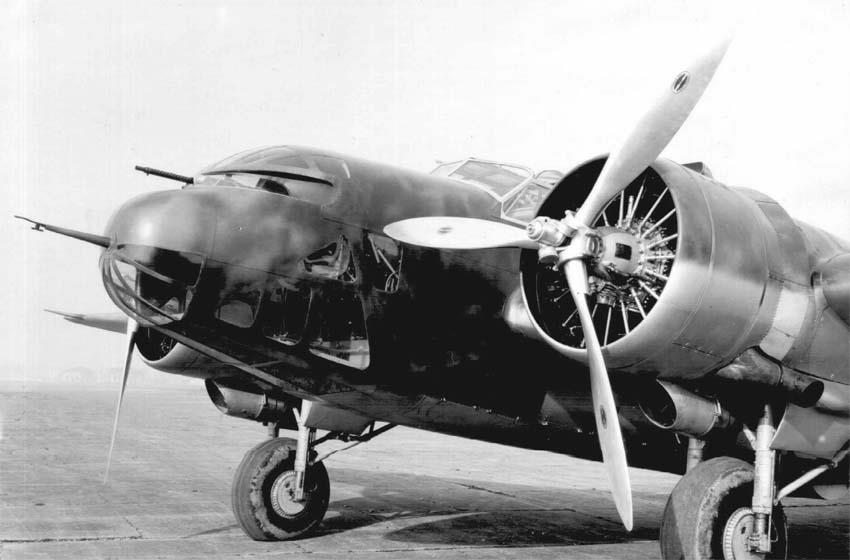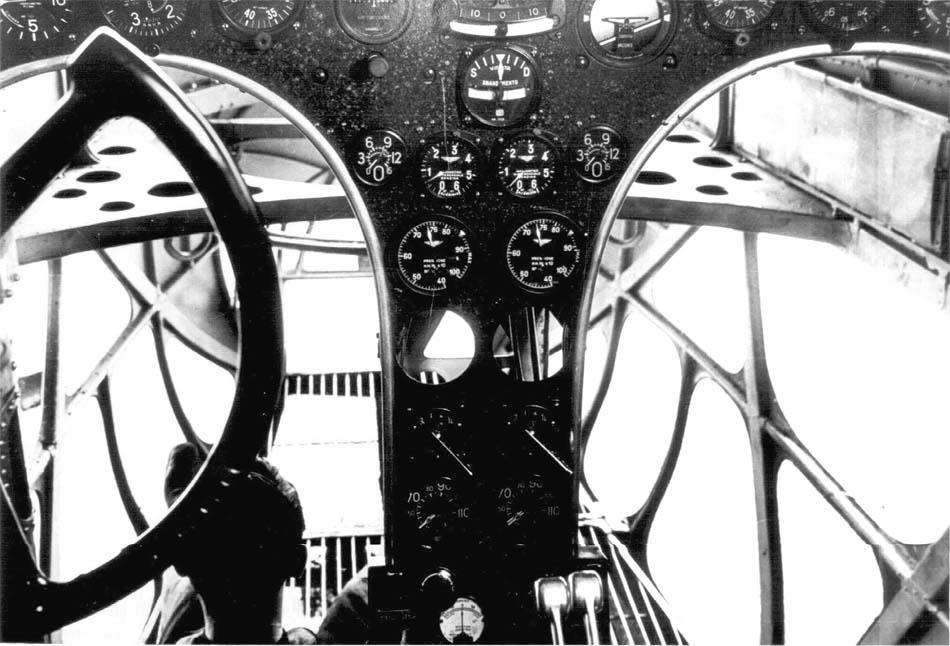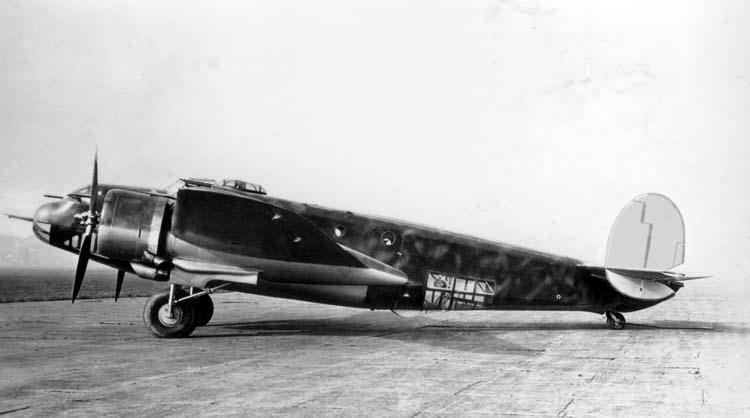The Caproni Ca.135 was an Italian medium bomber designed in Bergamo in Italy by Cesare Pallavicino. It flew for the first time in 1935, and entered service with the Peruvian Air Force in 1937, and with the Regia Aeronautica (Italian Royal Air Force) in January 1938.
A proposed variant with more powerful engines designated the Caproni Ca.325 was built only in mock-up form.
The Ca.135 was to be built at Caproni's main Taliedo factory in Milan, which is why the type had a designation in the main Caproni sequence, rather than in the Caproni-Bergamaschi Ca.300 series. However, the project was retained at Ponte San Pietro and the prototype, completed during 1934–35 was first flown on 1 April. The project chief was Cesare Pallavicino of CAB (Caproni Aereonautica Bergamasca).
Although the new bomber was in the "century series" of Caproni aircraft, it resembled the Caproni Ca.310, with its rounded nose, two engines, low-slung fuselage and wings with a very long chord. Several versions were fitted with different engines and some had noticeable performance differences
.
Prototype was powered by two 835 hp at 4,000 m Isotta Fraschini Asso XI.RC radial engines initially fitted with two bladed wooden propellers. It had a length of 14.5 m , a wingspan of 18.96 m , and a wing surface of 61.5 m2. It weighed 5,606 kg empty and had a 2,875 kg useful load. Structurally, it was built of mixed materials, with a stressed-skin forward fuselage and a wood and fabric-covered steel-tube rear section; the wings being of metal and wood, using fabric and wood as a covering. The wings were more than 1⁄3 of the total length, and had two spars of wooden construction, covered with plywood and metal. The strength coefficient was 7.5. The tail surfaces were built of wood covered with metal and plywood. The fuel system, with two tanks in the inner wings, held a total of 2,200 L .
The Ca.135's fuselage shape was quite different from, for example, that of the Fiat BR.20. If the latter resembled the American B-25 Mitchell, the Ca.135, with its low fuselage more resembled the American B-26 Marauder. Its long nose accommodated the bomb-aimer and a front turret . The front part of the nose was detachable to allow a quick exit from the aircraft. It also had two doors in the cockpit roof, giving the pilots the chance to escape in an emergency. The right-hand seat could fold up to assist entry to the nose.
A single 12.7 mm in a turret in mid-fuselage, was manned by the co-pilot. A seat for the flight engineer was later fitted. The wireless operator's station, in the aft fuselage, was fitted with the AR350/AR5 (the standard for Italian bombers), a radiogoniometer (P63N), an OMI AGR.90 photographic-planimetric machine or the similar AGR 61. The aircraft was also equipped with an APR 3 camera which although not fixed, was normally operated through a small window. The wireless operator also had a 12.7 mm machine gun in the ventral position. All this equipment made him very busy; as a result, an extra man was often carried. The aircraft had very wide glazed surfaces in the nose, cockpit, and the central and aft fuselage; much more than in other Italian aircraft.
| Type |
4-5 seat medium bomber |
| Engine |
2 Piaggio P .XI R.C.40 |
| Dimensions |
Length 14,38 m, height 3,40 m, span 18,80 m, wing area 60 m2 |
| Weights |
Empty 6051 kg, loaded 9548 kg |
| Performance |
Max. speed 365 km/h at 4800 m, cruising speed 349 km/h, range 1200 km, rate of climb 5,75 m/sec., time to 4000 m 11 min. 36 sec. , to 5000 m 17 min. 24 sec. |
| Armament |
3 12,7 mm Breda SAFAT machine guns, bombload 1474 kg |
| Type |
Werk.Nr |
Registration |
History |
|
|
|
|
|
|
|
|



